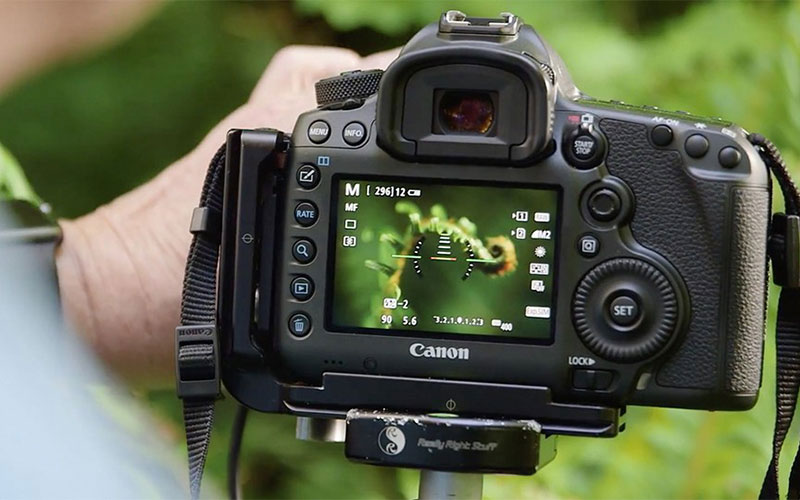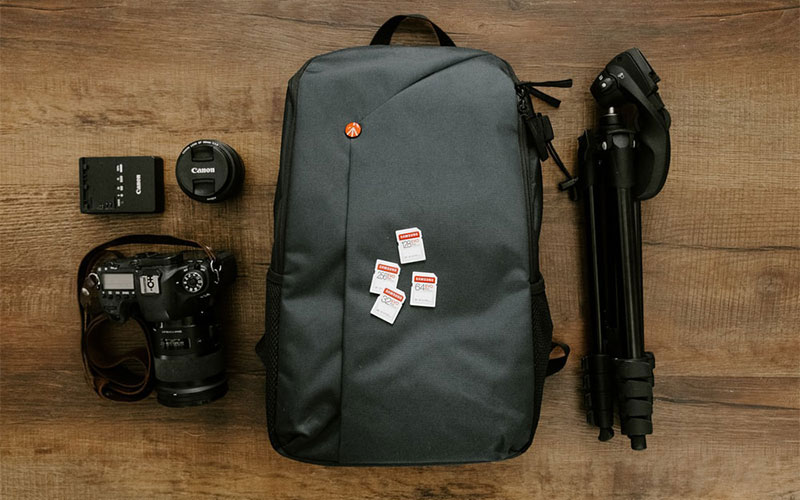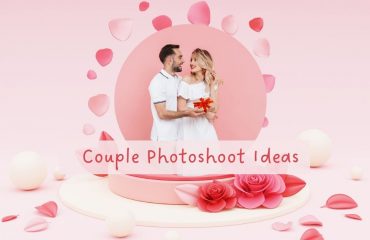Making video content is one of the most creative and profitable jobs in modern times. Online platform-based businesses mainly use video ads or video content to attract the most significant number of customers.
Besides, If you want to earn money from online platforms, creating video content will make you rich. However, you will need a proper video equipment checklist to produce highly engaging videos. Moreover, you need to create high-quality videos in today’s highly competitive world. So, you need to invest in quality video production equipment.
In this video-making checklist, I will tell you about all the equipment you need to make a fantastic video. Let’s start with the number one asset-
Camera
Here are two top camera options we’re going over with you right now. A primary point-and-shoot camera and a more sophisticated DSLR. If you want to learn more about brands, you can always check out reviews and tutorials from a camera expert. But first, let’s go over how each of these cameras works and how they can help you make a fantastic video.
A point-and-shoot camera costs around $400–USD 700, and it’s effortless to use. It’s an all-in-one device that’s great for regular vlogging in almost any setting.
You can also get one with a reversible LED screen so you can see your shot. Here’s some actual footage from a point-and-shoot camera.

Even though it’s a more straightforward camera, you can see that it still has that nice HD1080 look, which is why so many top creators use them for their everyday videos. So now, let’s compare that to a DSLR.
Don’t worry about what that stands for, and it doesn’t matter. What matters is that you’ll get a much more cinematic look with an excellent, blurry background. And because of this, a DSLR will be more expensive, often ranging from $500 to USD 2,500.
DSLRs are heavier and use interchangeable lenses, so you’ll need to be on top of getting focused and learning more technical aspects of using the camera. But don’t even worry about it. There are tutorials on YouTube to learn more. Let’s take a look at a DSLR compared to a point-and-shoot camera from before.

Nowadays, many people can use their cell phones as cameras. This isn’t going to give you the same quality, but it’s impressive. Let’s move on to the sound.
Sound Gear
You might want to know this one because this is where most beginners mess up. While most viewers sometimes don’t mind low-quality lighting, they cannot stand low-quality sound. So now, in this video equipment checklist guide, I will discuss different sound sources.
So, if you’re still using your camera’s onboard microphone, make sure you’re staying between 3 and 4 feet from the camera. And if you want to get any further away from that, that’s where you have to get into more advanced options.
A Shotgun Microphone
It will cost you between $150 and USD 250. These microphones have directional recording features. So, whatever they are directly pointed at will pick up.
If your camera has external microphone ports, you can pop this on top, and you are set.

But what if you want a much wider shot? That’s when you can use a wireless Lavalier microphone.
Wireless Lavalier Microphone or LAV
A lav kit can be anywhere between $200 and USD 600, so it’s a little pricier, but for recording a little bit further away from the camera, it is a lifesaver. A lavalier is also great when you’re in a nosier location.
Boom Microphone
Get a boom microphone if you’re getting more advanced and looking for a cinematic approach. That’s where someone else is holding a mic over your head on what’s called a boom pole during shooting.
It has excellent-quality sound, and again, if you’re looking to bring on a bigger crew, most creators will be good to go with either a shotgun mic or a lav that we talked about. Both work to capture your voice, but some are better than others, depending on what you’re shooting or where you’re shooting.
Lighting Gear
This is super important because it will help you show off your most important asset. Most creators use a two-point lighting system. They cost between $400 and USD 2,000 but stay cooler than incandescent lights.
You can also try to light up the background or play around a bit. But most importantly, show off your best self. Another option for soft, flattering light is a ring light. A ring light works well to light up your whole face and give you that pop of eyelight. It’s a one-stop beauty light.

Our final lighting option is not only the brightest light in existence. It’s also completely free. The sun. Many experts just sit in front of a bright window to get that nice, natural light on their faces.
This limits the time of day you can shoot, but it’s still one of the easiest and cheapest options out there to get your glow on.

SD cards
You won’t be able to record anything without an SD card in your camera. When you get home from a shoot and realize you’ve lost all your footage because you wanted to save a few quid on an SD card, you’ll be in trouble. So I recommend the SanDisk Extreme cards, anything with a 95-megabit transfer speed or above.

Lenses
The most important thing after your camera is the lens. There are many different options out there, so it’s essential to select the one that is best for you. If you can only afford one lens, I recommend getting a lens with a considerable focal length so you can zoom in and zoom out.
It might not have the crispness of a prime lens or a lens with a fixed focal length, but it will mean you can get a nice variety of shots, everything from wide establishing shots to myths and close-ups. So, in an ideal world, you’ll have a variety of lenses. An excellent wide-angle lens, a prime lens, and a telephoto lens, but the absolute key here is to create a good mix of focal lengths with your budget. An image-stabilized lens will also come in very handy to allow you to get nice, smooth shots. Also, a lens with a shallow aperture of 1.4 to 1.8 looks beautiful and allows you to shoot in low light. It will give you an excellent shallow depth of field.

Camera Bag
It would help if you had something to carry your equipment in and wanted to protect and keep it safe. And this is where a camera bag comes in. There are many options out there.
I recommend the low pro fast pack. It’s comfortable and fits everything.

Tripod
A tripod is useful. It is also super helpful in talking-head-style videos or time-lapses and can help you get a nice, smooth shot. Just make sure you get a tripod with a fluid head. This will make a massive difference to your pans and tilts and help you get a smoother shot.
Editing Your Video
Now, editing is like a puzzle. You will take each piece of footage and stitch them together to tell your story. It can get a little tricky, but don’t let that discourage you. If you’re beginning, many great programs are probably already on your computer right now. For example, you might already have iMovie if you’re on a Mac or Windows Movie Maker if you’re on a Windows PC.
Focus first on learning how to do a simple cut. That way, you can cut together your favorite pieces of footage just by dragging those pieces next to each other. Then, learn how to use transitions, music, or even effects.
Once you get the basics down, you can always consider purchasing more advanced software. For example, some creators use editing programs like Adobe Premiere, Final Cut, or Avid, anywhere between $100 and USD 1,000.

Conclusion
Now, here is all the equipment you need to make a fantastic video. Practice with whatever you have, and improve with each video. OK, I hope that helps you jump into creating amazing videos for various online platforms like YouTube, Instagram, Facebook, and more.
Sony’s A7S III is considered the best due to its 4K resolution. It is also the best 4K mirrorless video camera on the marketplace.
Adobe Premiere Pro is considered the best video editing software. However, if you are a beginner, it offers more accessible controls for you.






